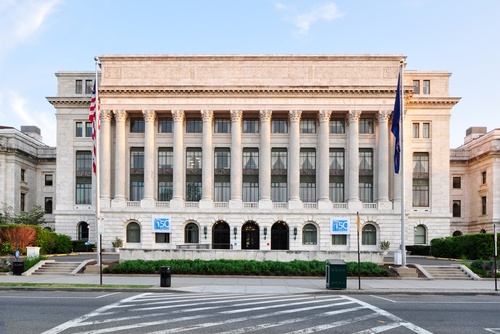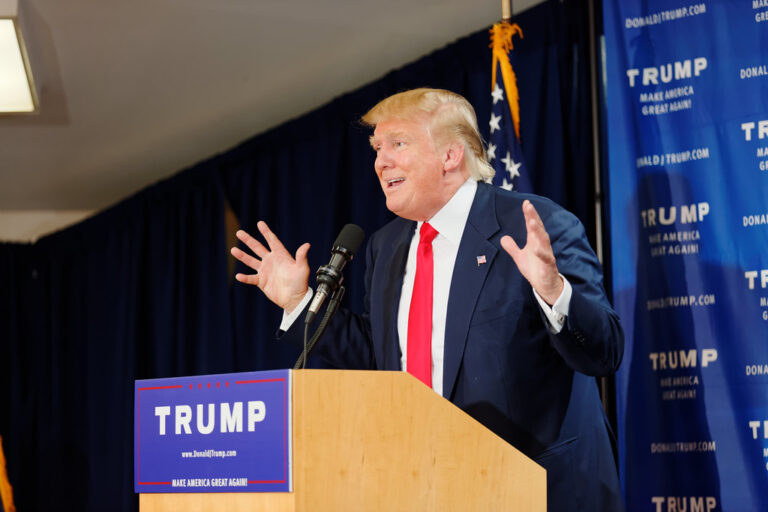Key Takeaways:
- Several major smartphone manufacturers unveiled their latest flagship devices.
- The new models boast improved camera systems and faster processors.
- Battery life has been enhanced across the board.
- Prices for the newest phones range from mid-30s to over 70.
- Early reviews highlight performance gains but also note the premium cost.
- The competition is heating up, pushing innovation.
Major Smartphone Unveilings Ignite Market Buzz
A wave of excitement washed over tech fans this week as leading mobile companies launched their newest smartphone heroes. These shiny new devices promise better pictures, quicker speed, and all-night battery life. Let’s dive into what you need to know about these fresh arrivals hitting store shelves and app stores.
Camera Focus: Sharper, Brighter, Smarter Shots
Taking pictures is now a big selling point for new phones. Big-name brands didn’t skimp on camera upgrades this time around.
More Megapixels, Better Low-Light Photos
You might think more megapixels means instantly better photos. That’s partly true, but it’s not the whole story. The latest top models often have sensors designed to capture more light. This means photos taken in dim bars or during golden evening hours look much clearer and less blurry. Less digital noise appears in your images, making everything look smoother.
Advanced Camera Software
The software controlling the cameras is just as important, maybe even more so. Newer phones use clever algorithms to automatically fix common photo problems. Shaky hands? Software might digitally steady the image. Faces out of focus? Newer processing can sometimes snap them into place afterwards. Night mode features, using multiple short exposures, now capture stunning photos in near-total darkness, something older phones struggled with.
Processing Power Boost: Running Like a Dream
Inside every smartphone is a brain called a processor. The latest chips found in these new flagship phones are incredibly powerful. They handle complex tasks with ease.
Speedy Apps and Smooth Gaming
Think about opening your email or loading a graphics-heavy game. These powerful chips make these tasks snappier. Animations feel fluid, and demanding games run without lagging or stuttering. Multitasking – using several apps at once – has become much smoother too. Your phone feels more responsive, less like it’s holding you back.
Ready for Future Apps
These powerful processors aren’t just good for today’s apps. They are also built to handle software updates and new applications that haven’t even been created yet. You might get several years of smooth performance from a phone with a cutting-edge processor.
Battery Life: Keep Shining Longer
Nobody likes a phone battery dying mid-sentence. Manufacturers heard this loud and clear and packed more juice into the new devices.
Improved Battery Capacity
Many new phones have larger battery cells built-in. This means they can store more power. Even if the processor and screen are demanding, you’ll find yourself using the phone for longer before needing a charge.
Smarter Power Management
Beyond just a bigger battery, software plays a key role. Operating systems now include smarter power-saving features. In the background, apps can sometimes detect you’re reading an article and temporarily scale down the brightness or limit background activity. These subtle tweaks contribute to extra hours of use.
Price Tags: Premium Features Demand Premium Cost
Of course, all these amazing features come at a price. Flagship smartphones are definitely not cheap.
Setting the High Bar
The most advanced new models often start well into the hundreds of dollars, sometimes even touching the mid-30s range. Basic models from these same makers, or from other brands, offer good features at lower entry points, often under 30.
Value Proposition
Is the high price justified? For many people, yes. Flagship phones offer the best performance, longest lifespan before needing an upgrade, and most advanced camera features. They are status symbols and serious productivity tools. However, you can still find mid-range phones that offer excellent value, offering most of the latest technology without the top price tag.
The Competition Heats Up
With so many companies launching new devices simultaneously, the competition is incredibly fierce. This push for better cameras, faster processors, and longer-lasting batteries benefits consumers. Innovation is driven by this rivalry. Manufacturers are constantly pushing each other to improve. Expect even better features in the phones launched just months, or even weeks, from now.
What Comes Next?
These latest launches give us a glimpse into the future of mobile technology. We’re moving towards phones that are smarter, more integrated into our lives, and offer richer experiences.
- Foldable screens might become even more refined and common.
- Camera systems could incorporate more advanced artificial intelligence for unique effects.
- Battery technology might see real breakthroughs, potentially allowing for truly all-day worry-free use without a charge.
- Augmented reality features could become standard, overlaying digital information onto the real world through your phone’s camera.
Ready to Try One?
If you’re considering an upgrade, the timing couldn’t be better. New models are available, giving you options to choose from. Compare the specs, look at real-world reviews, and pick the phone that best fits your needs and budget. Whether you’re into games, photography, or just making calls, the market has something for everyone, right now!
These exciting new launches mean more choices and better technology available to consumers. The race is on to create the ultimate smartphone experience, and the results so far are definitely impressive! The world of mobile tech is evolving rapidly, and staying informed means you won’t miss out on the next big thing.










